ACR Strategic Plan:
“Empowering the Radiologist of the Future”
“Empowering the Radiologist of the Future” is a bold, new American College of Radiology® (ACR®) Strategic Plan to increase member value, improve radiologic care and strengthen healthcare for all.
When fully implemented, this plan will position radiologists and the ACR for success in future years and support improved health equity, quality, delivery and outcomes.
Developed by, with and for members, twelve interconnected and interdependent strategic objectives, organized across four organizational perspectives, will focus and drive ACR activities.
The College will continually update members on progress toward these objectives.
Increase External Influence
The ACR is driven to increase radiology’s influence across the House of Medicine, industry and government. To be effective, the ACR will:
- Pursue strategies that encourage members and stakeholders to promote the use of information management to deliver best outcomes and increase the visibility and influence of radiology.
- Identify areas in which the College wants to increase influence (e.g., government, AI/technology).
- Empower radiologists with the right tools to be leaders within their healthcare systems.
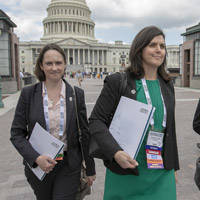
Increase Young Member Engagement
The ACR is committed to increasing young and early career member engagement, encouraging them to take ownership of, and have a voice in, College initiatives. The ACR will pursue this by:
- Ensuring representation for young and early career members within the ACR.
- Providing mechanisms for effectively communicating with young members.
- Encouraging young members to participate in ACR initiatives.

Promote Radiologists’ Role in Population Health and Health Equity
The ACR believes radiology is a critical participant in the multidisciplinary medical team and is committed to driving recognition of its vital role. The ACR will:
- Optimize the use of diagnostic imaging, non-imaging data and tools (AI) to keep radiologists central to diagnosis and management.
- Ensure equitable distribution and access to necessary imaging technology, including screening for early detection of disease, for all patients.
- Adapt current models of care for patients with different needs.
- Use radiology’s unique capabilities and access to data streams that other specialties do not have to enhance early-disease detection through improved, expanded and more equitable screening efforts.
- Encourage the development of tools to help radiologists take a more holistic approach to patient care.
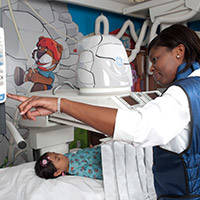
Strengthen Inclusivity and Transparency
The ACR desires to build trust within the membership. To accomplish this, the ACR commits to:
- Welcome all members, ensuring each feels a sense of ownership and community.
- Communicate consistently about the inner workings of the ACR, instilling confidence that the College is operating in the best interest of members.

Improve Governance and Staff Agility
The ACR embraces good governance practices for the future success of the College. To succeed in this objective, the ACR:
- Seeks out governance best practices with a focus on Board diversity.
- Considers the respective roles of, and interaction between, the ACR Board of Chancellors, Council, and steering committees to ensure smoother operation.
- Ensures effective outcomes through a structure that allows for quick, nimble decision-making.
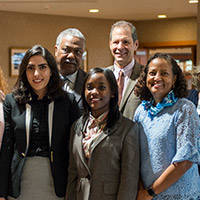
Strengthen Mechanisms for Addressing Controversial Topics
The ACR’s strength is derived through its diverse membership. Its success is made possible by a commitment to improving tools and processes to identify and hear different perspectives. The ACR will:
- Identify potentially controversial topics and actively listen, seeking all perspectives while promoting and enforcing respectful, professional dialogue.
- Utilize subject matter experts and relevant factual resources.
- Communicate regularly with all stakeholders throughout the deliberative process.
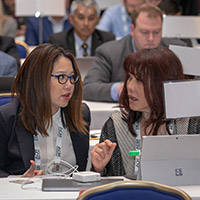
Strengthen Multidirectional Communication
Critical to ACR’s success is true multidirectional listening and communicating, and engaging members, leadership and staff as active participants in the communication process. To achieve this, the ACR will:
- Strive for a better understanding of what members want.
- Improve prioritization, categorization and streamlining of communication with member input.
- Engage members in the communication process.

Champion the Leveraging and Mobilization of Emerging Technology and Artificial Intelligence
The ACR promotes the key role radiologists must play in ensuring the integrity and implementation of AI, data science and emerging technology. To accomplish this, the ACR:
- Provides education and change management to adapt to new technologies.
- Proactively engages members and ensures they have the necessary tools to make transitions.
- Pursues strategies that promote the development and implementation of AI in ways that ensure patient safety.
- Engages with a broad array of stakeholders, including government regulators, industry and others in the House of Medicine.

Ensure Stewardship of ACR Financial Resources
The ACR is among the nation’s most financially sound medical associations. The College will continue to update its financial framework to ensure that assets are allocated and invested optimally to provide the most value to members. To meet this objective, the ACR will:
- Enhance and strengthen its resource-utilization framework to ensure College assets are being used and deployed appropriately.
- Strike an appropriate balance between qualitative and quantitative decision making.
- Maintain a long-term perspective.
- Focus and align resources and efforts to maximize member benefit.
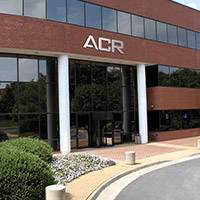
Expand New Areas of Quality Improvement Infrastructure for Radiology
The ACR will expand the QI infrastructure, building on its strength in developing new capabilities. To achieve this, the ACR will:
- Establish radiologists as QI leaders within delivery systems.
- Educate members as to optimal QI practices.
- Create opportunities for improved quality through interoperability.
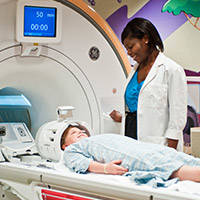
Enhance Proactive Commitment to Fair Payment
The ACR will continue to work to protect the current fee-for-service payment systems while exploring and developing fair alternatives. This will be achieved by:
- Continued involvement in existing payment rate determination processes.
- Engagement with the Centers for Medicare and Medicaid Services, Congress and other medical associations.
- Fair implementation of “no surprise billing” regulations.
- Development of value-based payment models.
- Consideration of innovative members practice models.
- Ensuring the federal government and payers understand and do not impede the role radiology plays in technology development and the additive value to patient care.
- Exploring ways radiologists can use new technology to become more efficient as their roles in patient care expand.
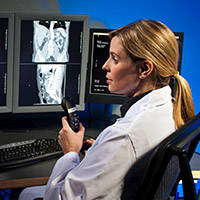
Strengthen All Members’ Sense of Purpose and Confidence in the Future
The ACR will strengthen members’ sense of purpose and confidence, increasing their awareness of the integral roles that radiologists play in overall healthcare. Key to this objective is:
- Promotion of a positive work environment that fosters quality radiologic care and meaningful relationships between radiologists, radiation oncologists, medical physicists and nuclear medicine physicians with their colleagues and patients.
- Highlighting opportunities for members to take part in and utilize the dynamic changes impacting radiology.
- Educational advancement through practice management, scientific and health policy research.
